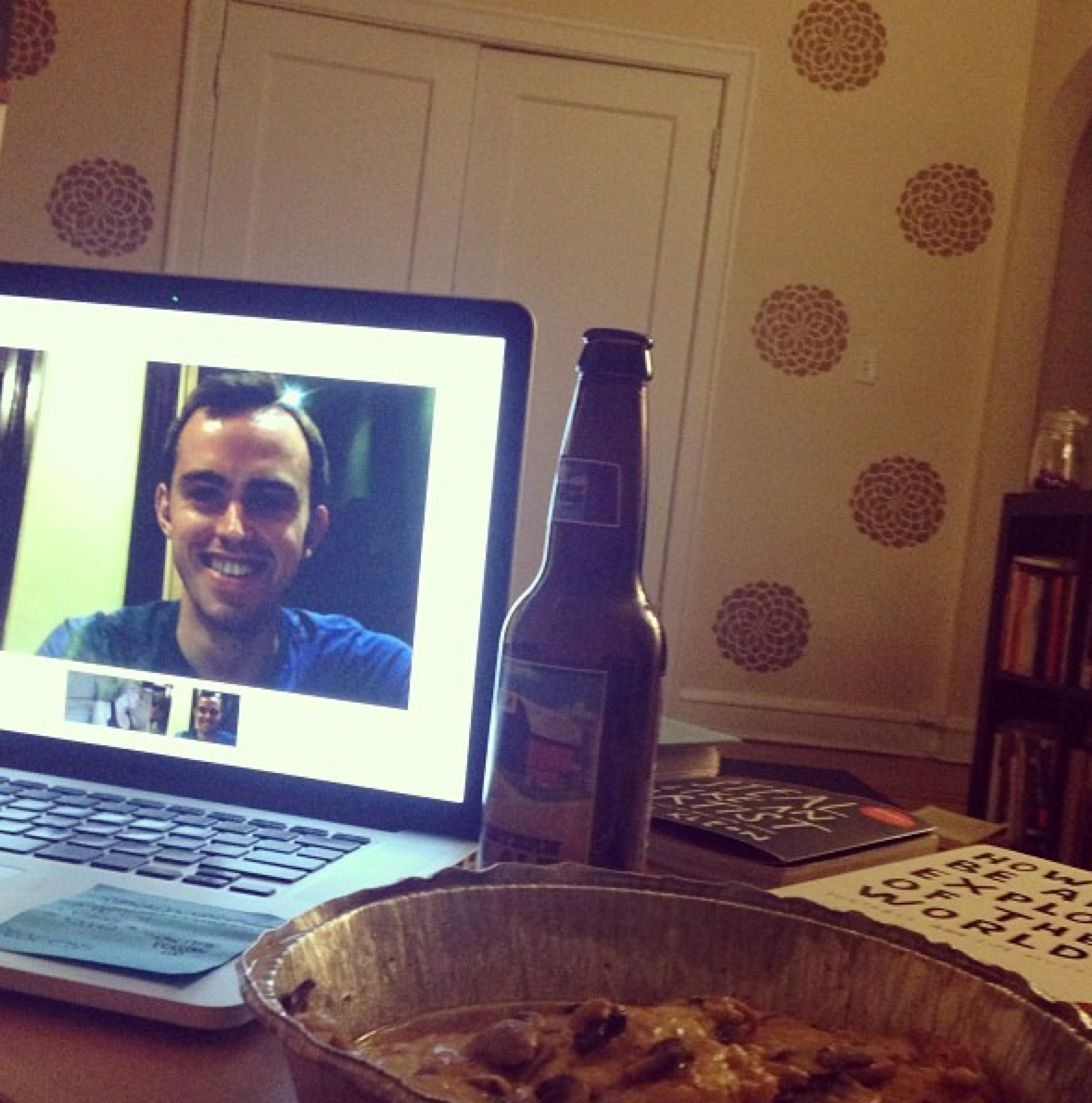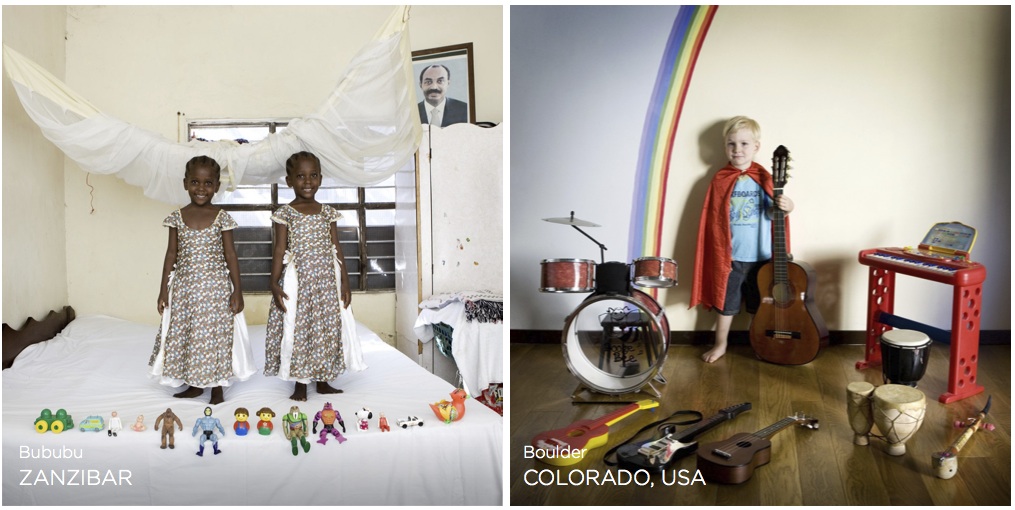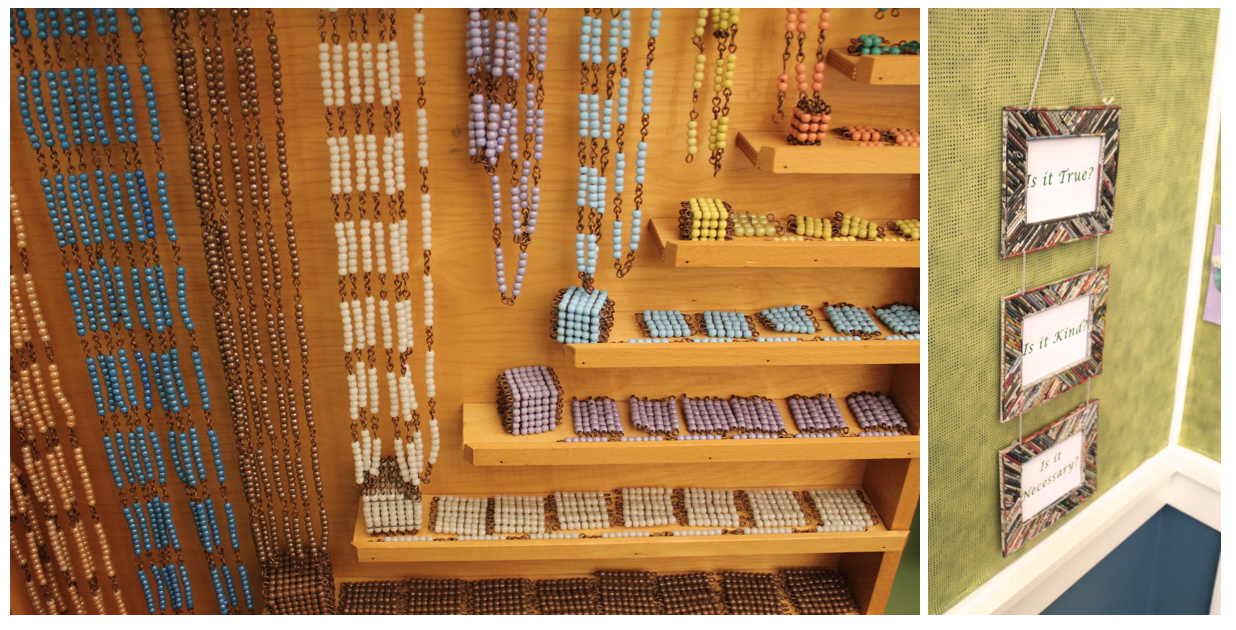Today, I leapt off a cliff in South Africa.
(Don't worry, I was paragliding.)
It was a short jog off of a dusty peak with a large Bulgarian man attached to my back. After a quick stumble and an unceremonious hop, I could feel it... the wind. That first feeling of paragliding was a cross between catching the rush of a wave and gently landing into a hammock. Thrill and ease, tension and trust…in one split moment. If only leaps in life could feel the same way so swiftly.
Why did I leap today? Well, it’s the 29th of February–a Leap Day!–and I happen to be 29 years old. Obvious facts that call for a celebratory adventure. Less obvious were my internal reflection and commemoration of the last 18-months of leaps in my life.
This past year-and-a-half has been full of leaps big and small – more risky and disorienting to one’s life than surfing, paragliding, or skydiving. As I have just a few hours left before February fades to March, I’ll share my biggest leaps of faith, life, and love in recent memory. Perhaps, by sharing my experience, it might just push you to take some risks of your own.
My recent leaps...
I bucked tradition and designed my own education. I was just about to sign on the dotted line for a prestigious MBA program, but I stepped away. Instead, I designed my own year of learning by joining Experience Institute as a fellow and collaborator and by attending the Copenhagen Institute of Interaction Design. It felt weird to not be an official “student,” but it was more important to be a true learner. There may be another degree or shiny certificate in my future… but I know not to assess my intellectual or professional merit on it.
I taught my first college course. In the midst of bucking the education system, I found ways to push it from the inside. At my alma mater, I co-taught a course in the Learning and Organizational Change program– guiding it to be more experiential, iterative, and applied. At the same time I was tinkering outside of formal schooling, I became even more committed to teaching throughout my career.
I broadened my design toolkit and sector focus– and joined a new design studio. I was worried about getting pigeonholed–or worse,personally stagnating–in the education, architecture, and planning space. Yes, I was passionate about these areas, but I was eager to explore more. This year, I expanded my work across organizational, service, and experience projects and into new sectors – financial inclusion, global health, urban resilience, and employment. Doing so in a supportive team while helping grow a young design practice, Dalberg’s Design Impact Group, has been transformative and challenging..
I built and evolved relationships. My personal life changed in very significant ways on the family and love fronts–which often made new risks feel more daunting. These shifts pushed me to find inner stability, but also seek the support of others. My friendships have grown deeper and more intentional as a result, which has been a great gift and source of strength.
I moved to New York City. After 11-years in Chicago and a lifetime in the Midwest, I moved to the Big Apple. A surprising move for a perpetually westward-looking gal. As a deeply invested Chicagoan, it was bittersweet, but has proven exhilarating and challenging as I plant new roots, relationships, and daily rhythms.
I didn't do these alone, even if at times these transitions felt lonely. I had community and rough structures to guide me. These buffers and strongholds were crucial when ambiguity felt overwhelming. Why am I sharing this? Because I believe people need to be more open about what growth and risk look like. This support and candor, along with simple design principles, tools, and a whole lot of grit – helps build a culture and community of growth. It also helps leaps feel a little more like paragliding and a little less like free falling.
In the spirit of sharing leaps, I have a request.
Join me in leaping this Leap Day by taking your own leaps. As a part of this year, I joined a group of Experience Institute collaborators to design and Kickstart the Leap Kit– a set of tools designed to help people take risks in learning or personal growth. The kit helps break down big hairy risks into smaller, manageable "leaps." It includes a guide, 90-day project map, and coaching cards for when you get stuck. (A community and online course are on the way!) You can share your leaps using #MyLeap online in the coming months.
You can order your Leap Kit here. In the spirit of community, I ordered a few extra kits to share with friends and strangers that are itching to roll up their sleeves. Share your story to snag one.
What leap are you going to take this year?
Thanks to Experience Institute for Leap Kit and jumping pictures!

































